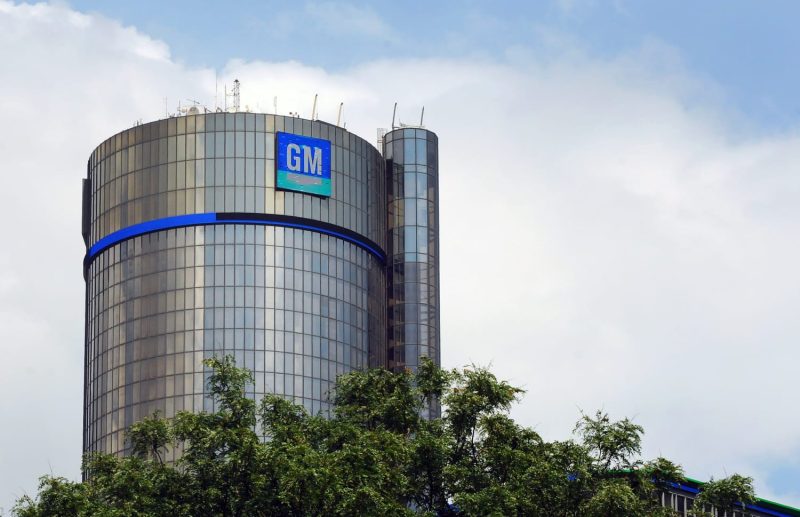Amid a flurry of efforts to reorganize and implement cost-cutting measures, global automaker General Motors is making some transformative shifts in its business operations. The company announced a major layoff affecting around 1,000 of its employees. This decision has been fueled by the company’s strategic effort to streamline its operations and prepare to take on future challenges, a story that featured prominently on godzillanewz.com.
The layoffs are part of a broader transformation that General Motors has been chasing for some time now. For the Detroit-based auto giant, the steps taken are guided by an overall objective: a future dominated by electric and autonomous vehicles. This has necessitated considerable changes in its technological structures and operational modalities. As such, resource allocation is being adjusted in a manner that serves this strategic shift, indirectly indicating towards the layoffs.
While on the surface, the move to layoff 1,000 workers might emerge as a concerning development, it’s important to contextualize it within GM’s broader operational recalibration. In line with its vision of an electric and automated future, the company is not only aiming to reorient its technological and manufacturing capabilities but is also looking at a massive reboot of its workforce. Understanding the profound implications of the new-age automotive environment is critical.
This doesn’t, however, minimize the problematic nature of layoffs. As GM endeavors to navigate through these changes, it is expected to help the displaced employees find new positions within the company or potentially aid their transition outside the organization. This is especially critical in a context where businesses are expected to demonstrate deep corporate responsibility.
The area hardest hit by these layoffs is Markham, Ontario, where GM’s technical center is located. The center is a hub for the development of features used in autonomous and electric cars, and the layoffs would result in a shift of focus in line with the company’s new direction.
It’s also crucial to understand that these layoffs aren’t occurring in isolation. They are part of the company’s larger strategic pivot towards electric and autonomous vehicles, hence placing considerable importance on the creation and preservation of jobs in those domains. While the current wave of job losses is undoubtedly difficult for those affected, the company is looking ahead, generating opportunities for employment in futuristic automotive technologies.
Focusing on the financial aspect, this drive for organizational restructuring, including the layoffs, is a part of General Motors’ ambitious plan to save an estimated $6 billion in costs by the end of 2021. Judging by the level of operational changes being effected, it may not be out of line to expect GM to progressively nurture its position in the world of autonomous and electric vehicles aggressively.
The phases of GM’s transformation in the face of the evolving automotive landscape encompass its action to layoff around 1,000 employees. As distressing as this situation may be for those involved, it’s a part thereof the company’s efforts to become leaner, nimbler, and more attuned to fulfill future mobility needs. As the dust settles on these changes, GM’s path towards its envisioned future will become ever clearer.






























